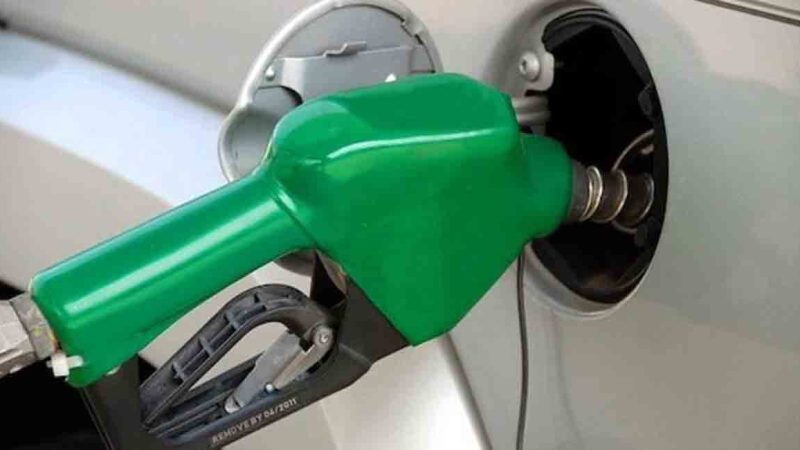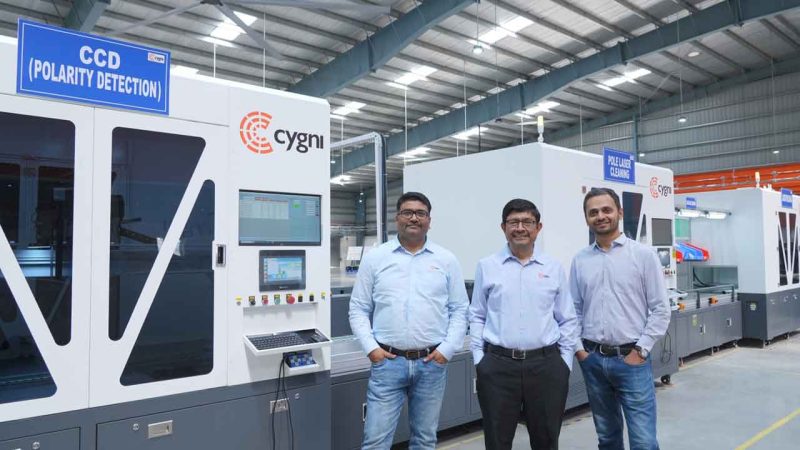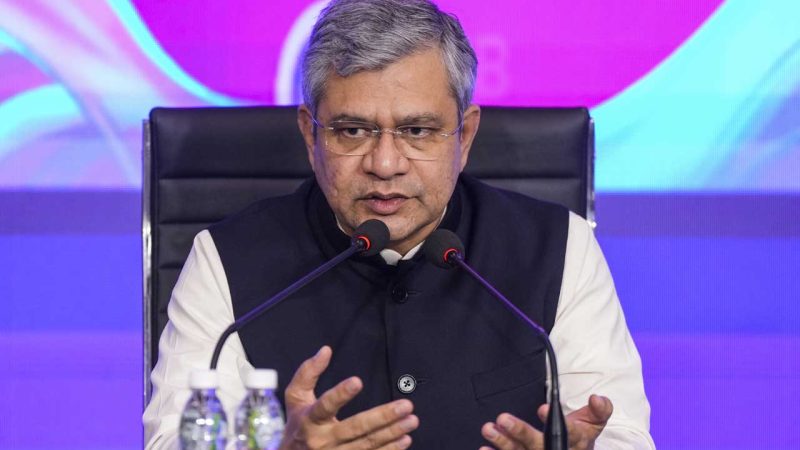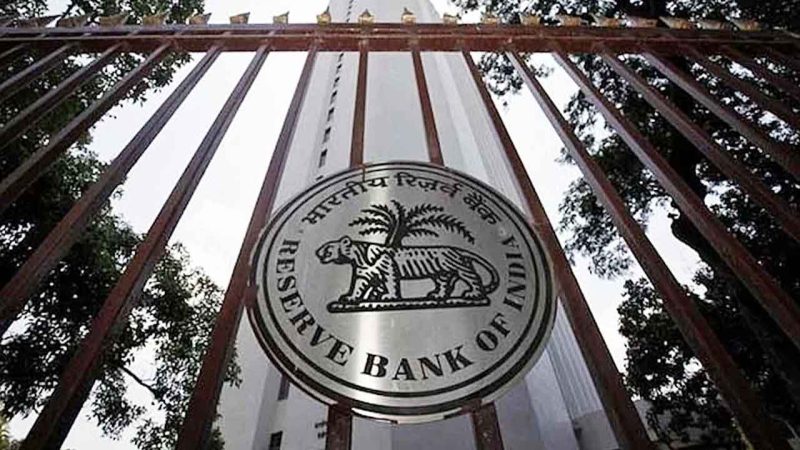Editorial: Missing the electric bus
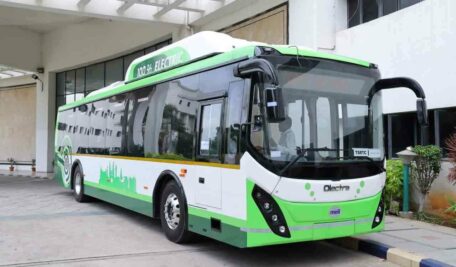
Many potential buyers of electric vehicles in India are keeping their plans on hold because of the government’s flip-flops on EV and trade policy
Published Date – 5 May 2025, 01:03 AM

Despite the tall talk of promoting environment-friendly electric vehicles, their penetration in the Indian market remains very poor. In the last financial year, sales of electric passenger vehicles stood at 1.10 lakh units, accounting for a minuscule 3% of the overall car sales in the country. And that is despite the buzz being created by carmakers with a rash of EV launches over the past few months. Compared to this sluggish growth, even the smaller car markets such as Thailand fare much better than India, accounting for nearly 12% of new car sales. Brazil, Mexico and Australia have also witnessed massive growth in the sale of EV vehicles. Lack of clarity in the government’s electric vehicle policy, inadequate charging infrastructure and a reliance on imported batteries are among the major hindering factors. There is a need for regulatory certainty, standardisation, adequate government support and advancements in battery technology and clean energy. The EVs in India are generally more expensive than conventional vehicles, primarily due to the cost of batteries and the high upfront costs. The availability of charging stations, especially outside of major cities, is extremely limited, making it difficult for EV owners to charge their vehicles. Concerns about limited driving range and the fear of running out of battery charge, especially for long-distance travel, are a major barrier to adoption. Reliance on imported lithium-ion batteries increases costs and exposes the sector to global supply chain risks. Many potential buyers of electric vehicles in India are keeping their plans on hold because of the government’s flip-flops on EV and trade policy.
India’s continued reluctance to allow Chinese carmakers —who are undoubtedly the best in the world – is also one of the factors responsible for poor market penetration. This also means that the Indian buyers are left with fewer options. There is a growing sense that the government has been dilly-dallying on electric vehicles, which has directly impacted sales. The Electric Mobility Promotion Scheme (EMPS) 2024 was meant to boost electric two- and three-wheelers but did not include electric passenger vehicles and buses. The government’s recent approval of two major incentive schemes marks a crucial step in promoting electric buses and trucks, but the continued exclusion of electric passenger vehicles from subsidy schemes raises questions about the government’s commitment to achieving its targets. There is also a shortage of trained personnel to handle EV maintenance, repair, and charging infrastructure development. The existing power grid may not be able to handle the increased demand from widespread EV adoption, potentially leading to power outages. At present, the EV market may be small in India, but there is huge potential for growth. The Centre has an ambitious target to have 30% of all new vehicle sales be electric by 2030. This could potentially allow India to save on crude oil imports worth over $14 billion annually.


